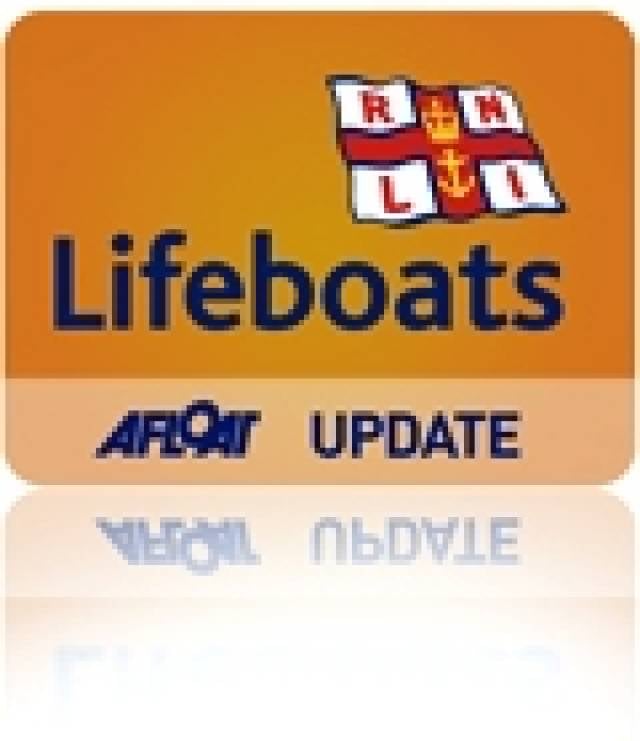#RNLI - Wexford RNLI rescued two people late on Monday night (26 August) after their yacht went aground on a sandbank on the way into Wexford Harbour.
The volunteer lifeboat crew responded to the report of the yacht which had grounded near Ravens Point around midnight on Monday. Weather conditions at the time were good with a calm sea state and a north westerly force three wind.
But a fast-flowing tide of four knots meant that the inshore lifeboat and crew of the yacht had to work hard to refloat that boat.
Wexford RNLI lifeboat helm Peter Scallan commended the action of the yacht's crew, who he said were experienced sailors.
"The yacht's crew had taken all the correct precautions with the appropriate equipment on board to ensure their safety. They co-operated greatly with the lifeboat crew and as a result both they and their yacht were rescued."
Lifeboat crew member Alan Keville went onboard the vessel to assist in the manoeuvre to get the yacht off the sandbank, which involved using the mast to get the vessel on its side as the keel was stuck hard in the sandbank. The yacht was under tow at 1.14am and back in Wexford at 2.30am.
Elsewhere, the Courtown lifeboat launched on Sunday afternoon (25 August) to a report of a swimmer missing off Ardamine beach.
The lifeboat crew, who were in the harbour at the time, launched within minutes and commenced a search of the area. Irish Coast Guard helicopter Rescue 117 was also tasked to the scene, along with the Courtown coastguard unit.
After a thorough search of the area between Glasscarrig and Courtown pier, all rescue services were stood down as nothing was found. Courtown RNLI thanked all the members of public who helped and provided information during the call out.
The day before, the Wicklow RNLI inshore and all-weather lifeboats were launched after a member of the public reported seeing a small craft with two people drifting off Brittas Bay beach.
While the lifeboats were on route to Brittas Bay, they were requested to stand down and return to station by the coastguard as the boaters managed to make their own way ashore.
Speaking after the call-out, Wicklow RNLI lifeboat operations manager Des Davitt said: "While this turned out to be a false alarm with good intent, we are delighted that the public are being vigilant and contact the coastguard immediately when they suspect someone is in trouble on the water."































































